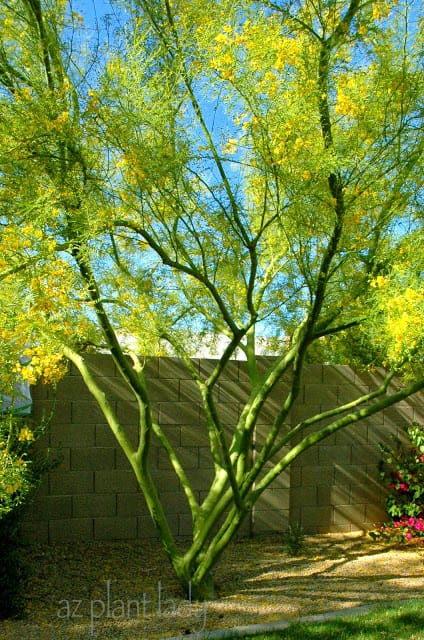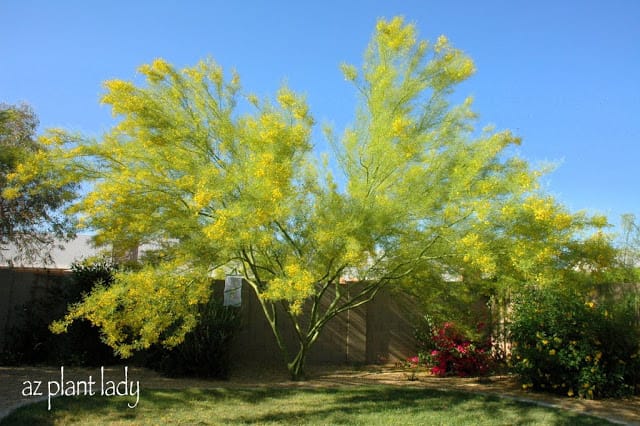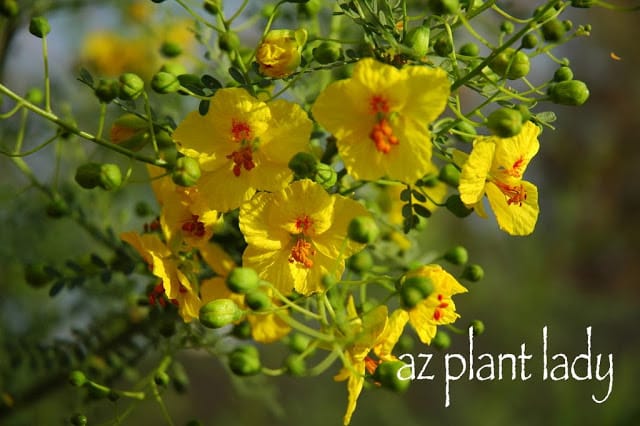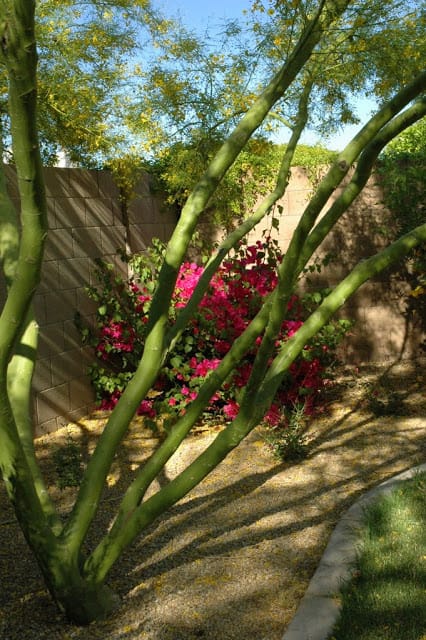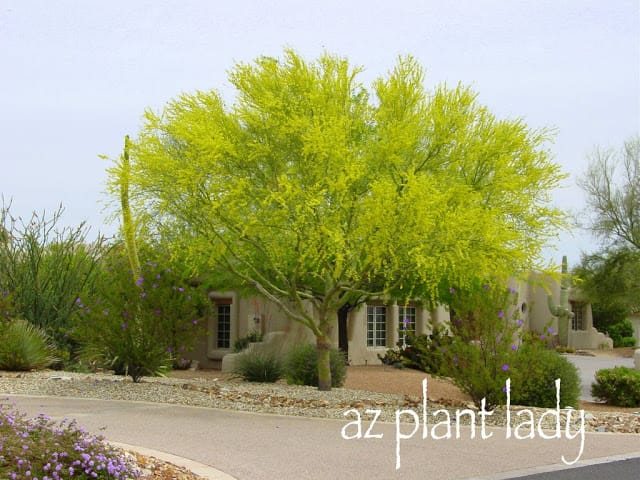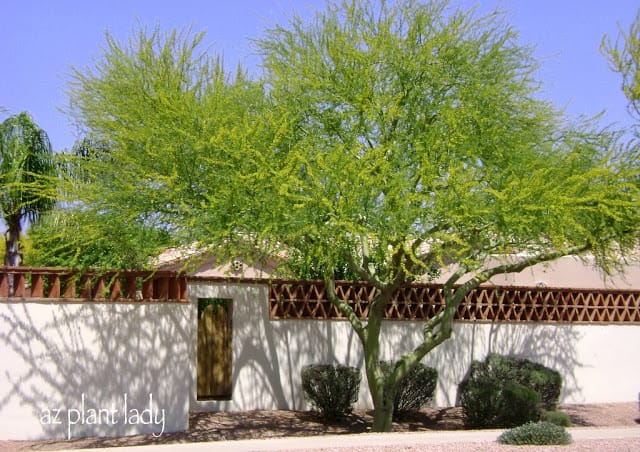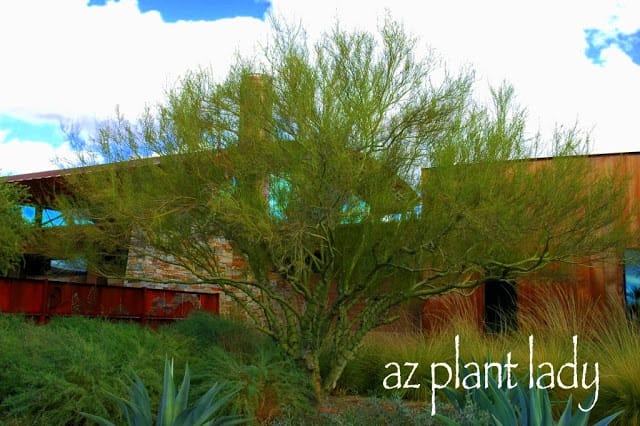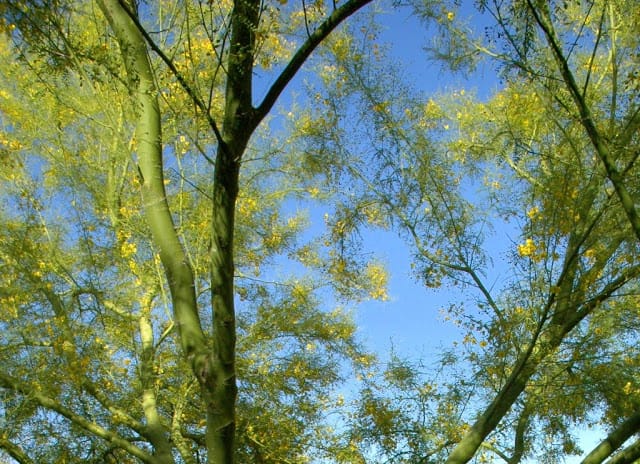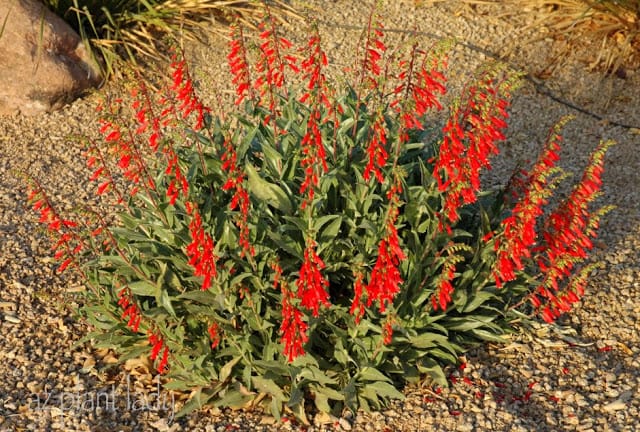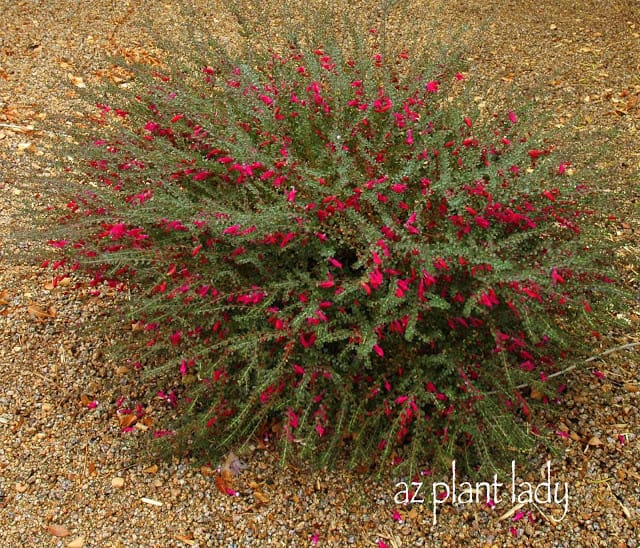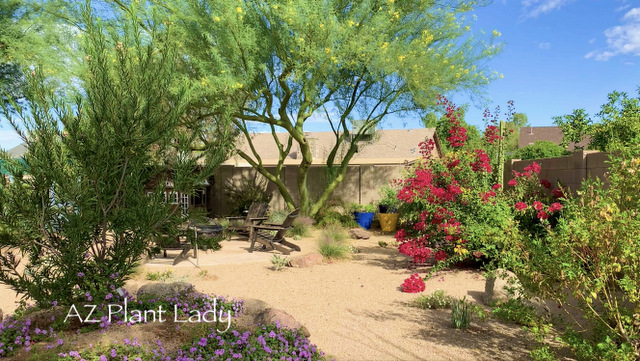
Revamping Your Backyard Landscape
Assessing the Need for Change
Do you have parts of your backyard landscape that you would like to change? Perhaps you have areas you like in your garden. There are also plants you are tired of or are struggling to manage.
I want to show you what I did in my backyard, where I blended both old and new elements. First, a little history:
Balancing Old and New in a Backyard Landscape
Preserving What Works
I was fairly happy with the areas bordering the walls of the backyard. These areas have colorful shrubs such as Bougainvillea, Coral Fountain, and Yellow Bells.
Bid Farewell to the Dominant Lawn
We removed the large lawn that had dominated the center of my backyard space last year. We made the decision to replace the grass with a focus on plants that I love and that would blend well with the existing plants.
Creating a Harmonious Landscape
A New Focal Point
The focal point is a new flagstone seating area with Adirondack chairs arranged around a portable firepit. Around this area, boulders add height and texture. Angelita Daisy, Artichoke Agave, Blackfoot Daisy, and Pink Muhly grasses surround the seating area, which adds year-round color and texture.
In another area, a gentle mound stands planted with a ‘Bubba’ Desert Willow tree. Purple Trailing Lantana grows around the tree and will soon cover the entire mound in a mass of purple blooms.
Embracing Change and Growth
At this point, the new plants are still rather small. However, plants grow quickly in the desert climate and, in another year, will soon reach their mature size.
The Beauty of Seamless Integration
The result? A backyard landscape where the new and old will blend seamlessly together. I am delighted with how the finished product looks. It took me a long time to decide what to do with this area – it is so much easier to design someone else’s yard than your own.
Stay Tuned for more Transformations:
Progress! One-Year Post Desert Landscape Renovation


